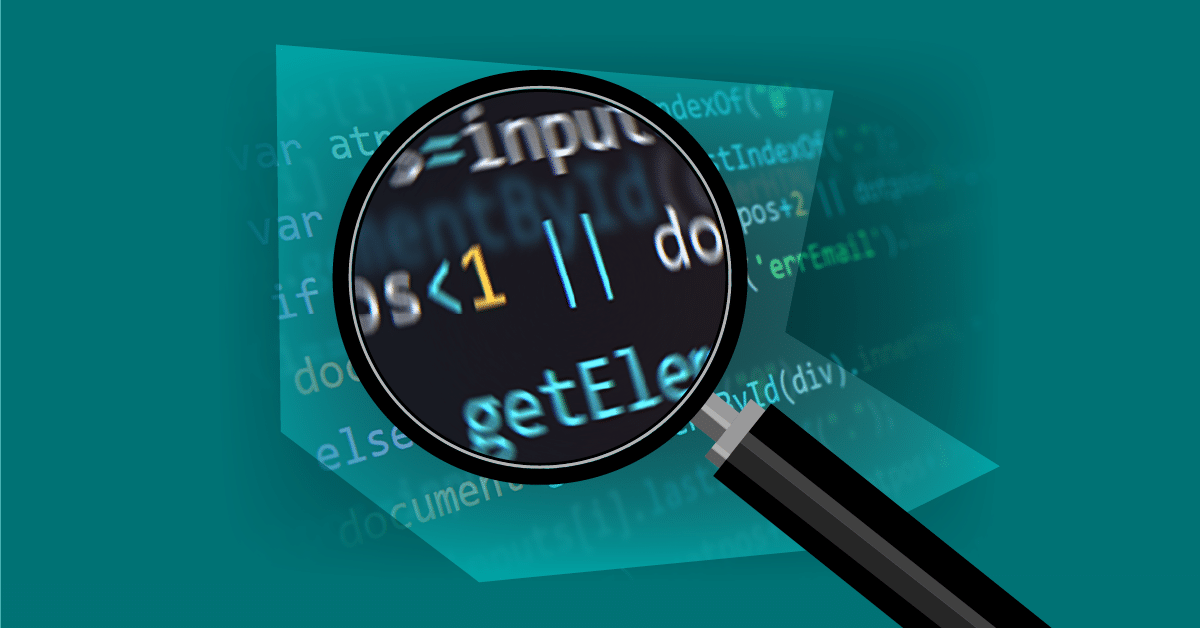

As software applications are increasingly integrated into more aspects of society, cyber threats continue to increase in complexity and frequency. The rapid digital shift brought about by the pandemic allowed people more convenience and flexibility by normalizing working, shopping, and socializing online. However, it also dramatically increased the attack surface for malicious actors. Cyber attacks have more than doubled since the pandemic and are likely to grow exponentially now that hackers can use generative AI to power them.
Many of these attacks are launched through code vulnerabilities. Secure code can mitigate them by cutting off avenues for exploitation.
Code vulnerabilities are weaknesses or flaws in code that hackers can use to compromise the security or integrity of a system. Vulnerabilities can come from poor coding practices, a lack of testing, or not protecting against potential threats. Some of the most common code vulnerabilities include:
Implementing best practices for coding and manually reviewing code will help to eliminate code vulnerabilities, but neither alone is enough. Scanning your codebase with automated tools such as Kiuwan’s SAST and Insights is the best way to catch code vulnerabilities so developers can remediate them before hackers can exploit them in an attack. Scanning for code vulnerabilities can help developers build stronger applications by:
SAST tools automatically scan an application’s source code for vulnerabilities without executing the program, allowing developers to address issues before deployment. They examine the code’s structure, syntax, and logic, looking for known security issues.
SAST scans implement rules based on coding best practices, security standards, and past vulnerabilities. Developers can integrate SAST early in the development environment by scanning code as they write it. SAST helps development teams shift left and integrate security early in development.
SCA scanning is another automated scanning tool that promotes secure code. It helps businesses identify and manage risks associated with third-party and open-source software. Since almost all developers use open-source code in their applications, they need to ensure that all of the components are secure and updated.
SCA tools such as Kiwan Insights scan the entire codebase and create an inventory of all open-source elements, including libraries and dependencies. They compare these components to databases of known vulnerabilities to flag any identified security issues. Developers can also use SCA tools to track licenses associated with open-source software to avoid fines or consequences of misuse.
When security was considered the sole province of one specialized department and something to be added at the end of development, one-off code scans were a popular model. Development teams would scan their code shortly before deployment or as part of a security audit.
Now that development teams understand security can only be effectively addressed as a shared responsibility incorporated into every development and deployment phase, code scans are a routine part of the software development lifecycle.
Developers should use SAST tools that integrate into the development environment for real-time feedback as they write code. Additionally, they should run SAST throughout development, including:
Like SAST, SCA scanning should be a regular part of all phases of software development. Developers should run SCA scans at the following times:
Scanning code alone isn’t enough to secure an application. Developers should also follow best practices for writing secure code, including obfuscation tools like PreEmptive. However, automated code scanning is an essential security tool required by all significant cybersecurity frameworks, including OWASP and NIST. Cybersecurity threats are too pervasive to handle without automation. Kiuwan is an end-to-end application security platform that empowers developers to harden their software with SAST and SCA tools. It integrates directly into the development environment so teams can shift left and follow best DevSecOps practices. Security breaches can have devastating consequences for businesses, carrying legal and financial penalties, damaging relationships, and compromising customer loyalty. Protect your applications with Kiuwan’s code security solutions. Contact us to request a free trial.


